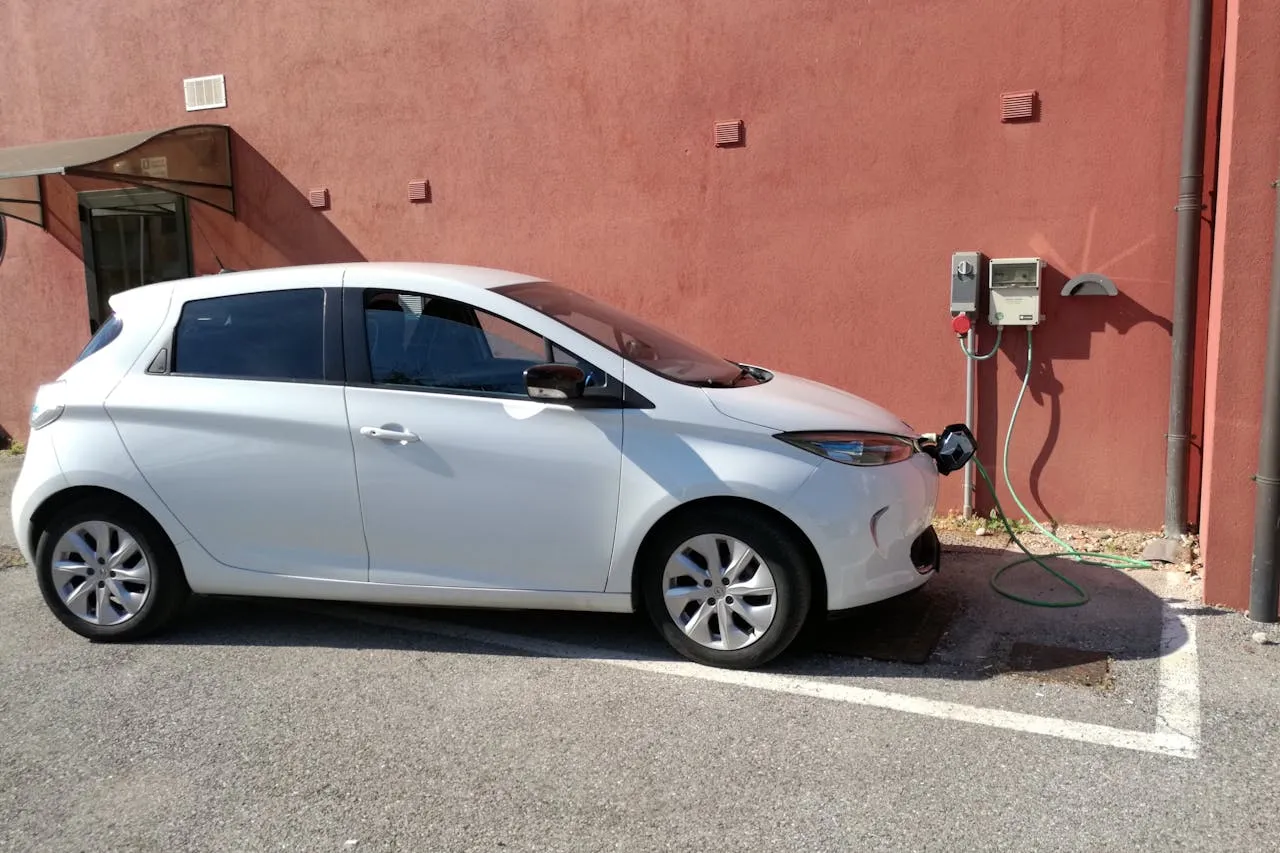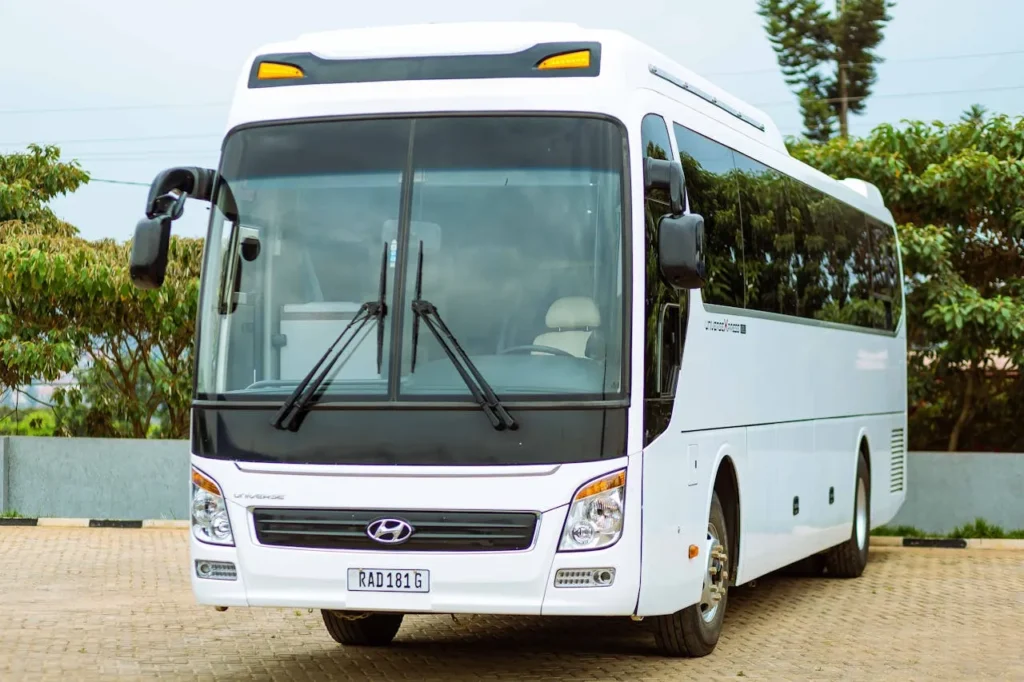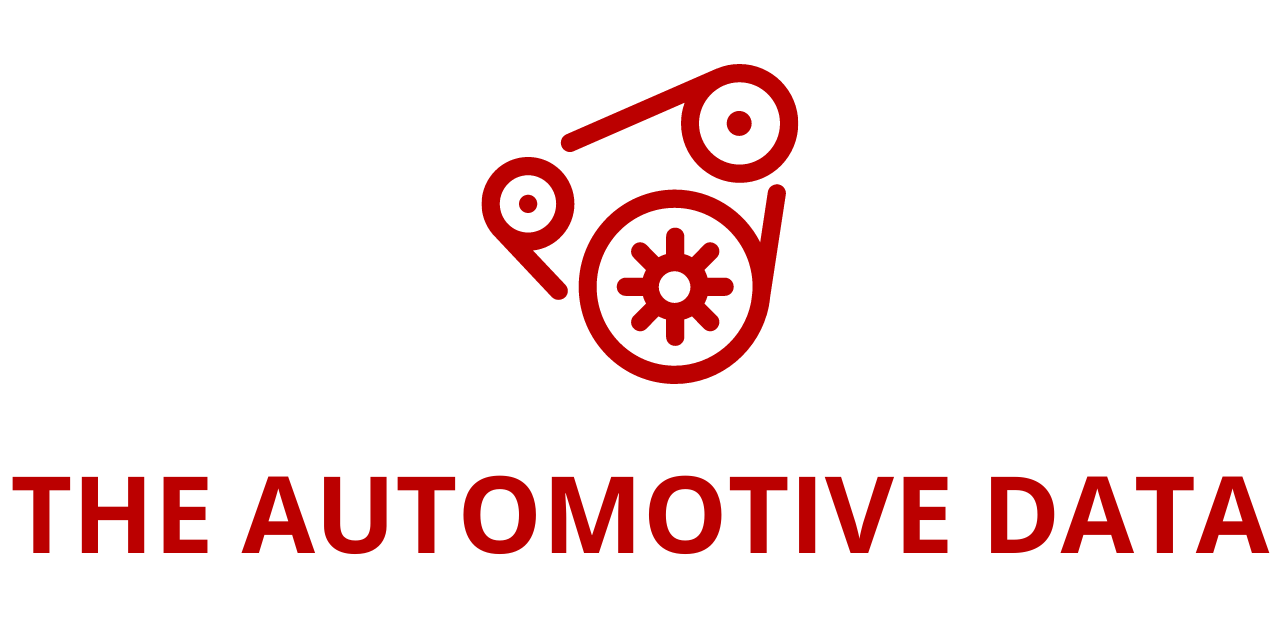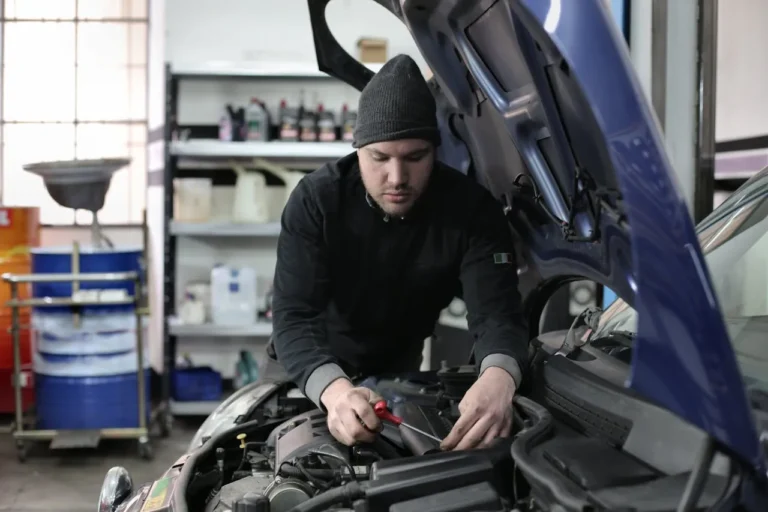
Camber, a pioneering force in commercial fleet electrification, has taken another significant step toward expanding its footprint in the electric vehicle (EV) charging sector by strengthening its partnership with CapMetro, Austin’s public transit agency. With over 1,500 DC fast chargers deployed across North America, Camber has now successfully delivered 2.9 megawatts (MW) of power to CapMetro’s primary bus depot in Austin, Texas. This expansion marks a major milestone in CapMetro’s transition to a fully electric bus fleet, furthering the agency’s commitment to sustainability and clean transportation solutions.
With the ability to charge up to 48 electric buses simultaneously, the newly installed charging infrastructure at CapMetro’s depot represents one of the most significant deployments of EV charging technology in a public transit setting. Camber supplied and installed two state-of-the-art 1440 kW Camber Charging Systems and 48 Camber Industrial Dispensers. These systems not only provide high-power charging to a large number of vehicles but also enhance operational efficiency, reducing downtime and increasing fleet availability.
Beyond installation, Camber is playing a crucial role in ensuring the long-term reliability and efficiency of CapMetro’s EV charging infrastructure. The company has committed to providing proactive and ongoing maintenance services to optimize charger performance. Camber also plans to integrate its proprietary charger and energy management software along with remote diagnostic tools, which will allow CapMetro to efficiently manage energy costs, track charging performance, and lower the total cost of ownership for its growing fleet of electric buses.
A Partnership Driving a Greener Future
Camber’s expansion in Austin represents more than just another EV infrastructure project; it signifies a crucial step forward in sustainable public transportation. Camber President Brendan Harney emphasized the importance of this collaboration:
“We’re excited to expand our partnership with CapMetro and help electrify its bus fleet, ensuring more Texans have access to clean, reliable, and affordable public transit options. Our partnership with CapMetro represents a significant step forward in the electrification of public transit, showcasing how charging solutions at scale can empower communities to embrace a more sustainable future without sacrificing reliability. At Camber, we’re proud to play a role in supporting CapMetro’s commitment to innovation and environmental stewardship.”
Public transportation agencies across the country are increasingly prioritizing the transition to zero-emission vehicles, recognizing the environmental and economic benefits that electrification offers. CapMetro’s Executive Vice President, Dave Kubicek, reaffirmed the agency’s commitment to sustainable transit solutions:
“With support from Camber, we have made tremendous strides toward achieving our vision to expand and improve the public transit system in Central Texas, allowing us to open up new, entirely electric routes. Austin has long been at the forefront of EV adoption, and we’re committed to sustaining that leadership while ensuring our citizens reach their destinations reliably and efficiently.”
The Challenges and Innovations in Fleet Electrification
One of the most significant challenges in electrifying public transit fleets is ensuring reliable and efficient charging infrastructure. Unlike passenger EVs, which can rely on widespread Level 2 charging networks and home charging, transit buses require fast, high-capacity charging solutions that can support continuous operation.
Camber’s approach to fleet electrification includes a combination of advanced hardware, intelligent energy management software, and comprehensive support services. By deploying high-powered DC fast chargers, Camber ensures that CapMetro’s buses can charge rapidly between routes, minimizing downtime and maximizing operational efficiency.
Ewa Kozicz, Co-Founder of Anthelion Capital, praised Camber’s efforts and the broader significance of this project:

“We commend the Camber team for their incredible work in this project, a testament to the tenacity and expertise of the talented individuals who established the largest network of DC-fast chargers for fleets. We believe in the viability of fleet electrification and it’s clear that overcoming the biggest challenge – creating reliable charging infrastructure – is key in making widespread adoption a reality. Camber’s streamlined installation process, advanced software diagnostic tools, and commitment to hands-on maintenance are paving the way for this transformation.”
The Role of On-Route Charging and Future Expansion
In addition to powering CapMetro’s primary depot, Camber’s EV charging solutions will also support on-route charging, allowing buses to extend their range and return to the depot with a higher state of charge. This approach is crucial in managing energy demand, as it reduces the peak power load required at the depot and enhances overall system efficiency.
On-route charging stations strategically placed along transit routes will help maintain fleet availability while mitigating the risks of long charging downtimes. This innovation ensures that electric buses can maintain consistent service levels while decreasing dependence on overnight depot charging.
Moreover, Camber’s EV charging infrastructure is designed to be highly interoperable, supporting a variety of vehicle types beyond CapMetro’s electric buses. The company’s system can charge different models, including New Flyer transit buses and light-duty EVs, making it a versatile solution for mixed-fleet operations. This level of interoperability ensures that as CapMetro’s fleet evolves, the charging infrastructure will remain adaptable to future advancements in EV technology.
The Broader Impact on Austin’s Transportation Landscape
Austin has long been a leader in EV adoption, with a strong commitment to reducing emissions and investing in clean transportation. CapMetro’s transition to an electric fleet aligns with the city’s broader sustainability goals and contributes to improving air quality, reducing noise pollution, and lowering greenhouse gas emissions.
The deployment of 2.9 MW of charging capacity at CapMetro’s depot represents a major step toward achieving Austin’s ambitious climate targets. Electrifying public transportation is one of the most effective ways to reduce emissions on a large scale, as transit buses account for a significant portion of urban transportation-related pollution. By investing in high-capacity charging infrastructure, the city is laying the groundwork for a cleaner, more efficient transit system that benefits both residents and the environment.







